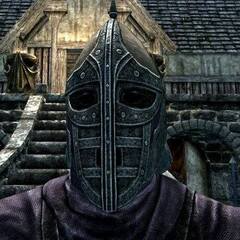Why do PC builders put in cpu & ram on mobo before putting mobo into case??
-
Featured Topics
-
Topics
-
1
-
0
-
0
-
Soapy1234 ·
Posted in CPUs, Motherboards, and Memory0 -
tridy ·
Posted in Programs, Apps and Websites0 -
Gabrielzv1233x2 ·
Posted in Troubleshooting2 -
2
-
RiftenGuard2011 ·
Posted in PC Gaming3 -
jeremythelee ·
Posted in LMG Sponsor Discussion6 -
1
-

.thumb.jpg.9e926a800846e8d8d4edc5c882c1b07a.jpg)





.thumb.jpg.ab6821c090888206ddcf98bb04736c47.jpg)









Create an account or sign in to comment
You need to be a member in order to leave a comment
Create an account
Sign up for a new account in our community. It's easy!
Register a new accountSign in
Already have an account? Sign in here.
Sign In Now